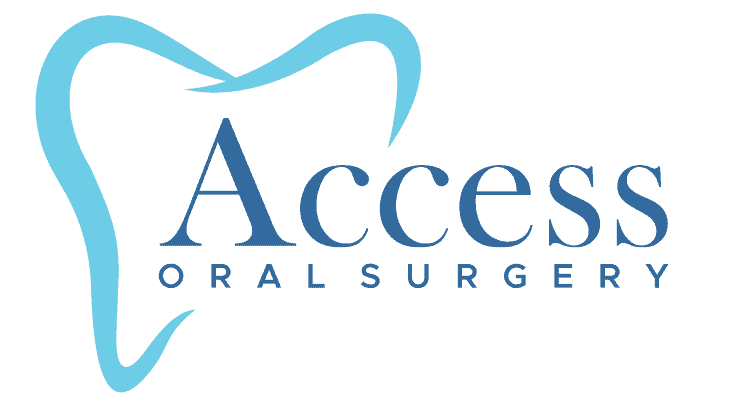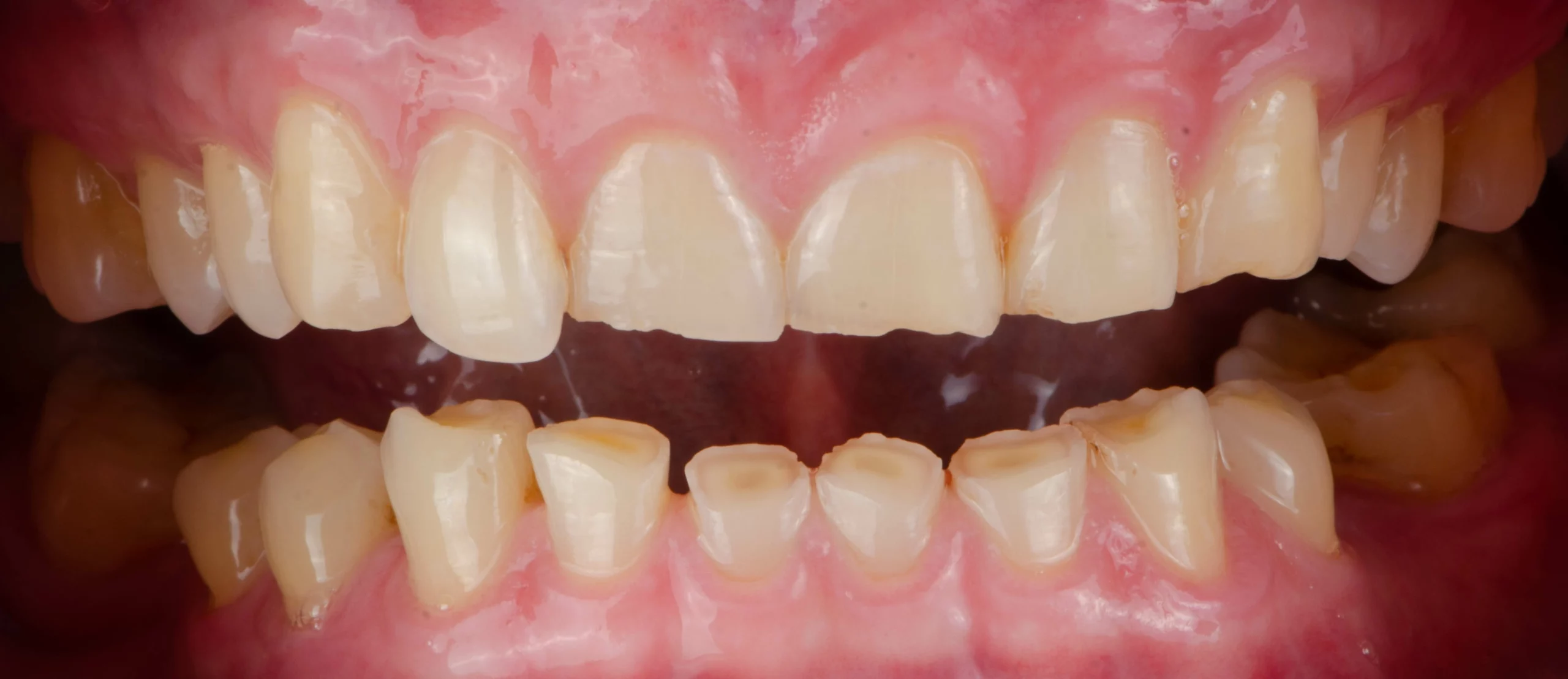Dental bone grafting might sound complex, but it’s a procedure that plays a vital role in maintaining the health of your jawbone, especially when it comes to dental implants. If you’re considering or preparing for a dental implant, understanding bone grafting can be incredibly helpful. This procedure isn’t just for those who’ve experienced trauma or tooth loss; it’s also a proactive step against jawbone resorption, a common issue that arises when teeth are missing. Whether it’s preserving the socket after a tooth extraction or enhancing the bone density for an implant, bone grafting is a key player in ensuring your jaw’s strength and readiness for future dental work.
What is Bone Grafting?
Bone grafting is akin to laying a strong foundation for a building. Just as a sturdy base is essential for constructing a house, a robust jawbone is key to successful dental implants. But what’s the need for it? Let’s delve into that.
When you lose a tooth, the jawbone in the affected area tends to weaken and diminish – a process known as resorption. This can lead to problems, not only in your appearance but also in the functionality of your mouth. Bone grafting addresses this issue. It involves adding bone or bone-like materials to the jaw, which then integrates with your natural bone, creating a firmer base. This procedure isn’t just a temporary solution; it’s pivotal for long-term dental health, particularly if you’re looking at implants.
The material for the graft can come from various sources: it could be harvested from another part of your body, be a synthetic substance, or even sourced from a donor. Regardless of where it comes from, the objective is the same: to strengthen the jawbone, ensuring it’s healthy and robust enough to support implants or other dental procedures.
Types of Bone Grafting Procedures
The procedure varies based on individual needs and the specific condition of the jawbone. Let’s look at the different types of bone grafting procedures commonly used:
- Socket Preservation: This type is typically performed right after a tooth extraction. The goal here is to fill the empty socket where the tooth once was with grafting material. This prevents the socket from collapsing and prepares it for a future implant. It’s a proactive measure to maintain the shape and density of the jawbone.
- Bone Grafting with Implants: Sometimes, during implant surgery, a dentist might find that the jawbone isn’t thick enough to hold an implant securely. In such cases, bone grafting is done alongside the implant procedure. This ensures that the implant has a solid foundation, reducing the risk of implant failure and promoting long-term success.
- Sinus Lift: This procedure is specific to the upper jaw. When teeth in the upper jaw are lost, especially the back teeth, the sinus cavity can expand, leaving insufficient bone to support an implant. A sinus lift involves elevating the sinus membrane and placing graft material underneath it, thereby increasing the height and thickness of the bone.
Each procedure is tailored to address specific tooth loss and jawbone resorption issues. By choosing the right type of grafting, dentists can significantly improve the outcomes of dental implants and other restorative procedures, ensuring both functionality and aesthetic appeal.
Accelerating Healing: PRP and PRF
Speeding up the healing process is just as important as the procedure itself. This is where PRP (Platelet-Rich Plasma) and PRF (Platelet-Rich Fibrin) come into play. These innovative techniques involve using components of your own blood to enhance and expedite healing, bringing a bit of high-tech biology into dental care.
PRP and PRF work by harnessing the healing powers inherent in your blood. When you undergo a bone grafting procedure, your dentist might use PRP or PRF to promote faster tissue healing and bone regeneration. Here’s how it works: a small amount of your blood is drawn and then processed to concentrate the platelets, which are rich in growth factors. This concentrated substance is then applied to the surgical site.
The magic lies in these growth factors. They are like a turbo boost for the body’s natural healing process, encouraging quicker tissue repair and bone growth. This not only speeds up recovery time but also reduces the risk of complications, making the overall dental procedure more efficient and comfortable for you.
Patient Considerations and Consultation
During the consultation, your dentist will evaluate your dental and medical history, examine your mouth, and likely use imaging techniques like X-rays or CT scans. This helps them assess the health of your jawbone and determine the most suitable type of bone grafting for your specific needs. But it’s more than a medical assessment; it’s an opportunity for open dialogue.
This is your time to ask questions. Whether it’s about the procedure, recovery, costs, or anything else that comes to mind, getting clear answers can help ease any apprehensions. It’s also the moment for the dentist to explain what you can expect during and after the procedure, including any necessary aftercare and the timeline for healing and implant placement.
The consultation is a two-way street. It’s as much about the dentist providing you with information as it is about you sharing your expectations and concerns. This exchange ensures that when you do decide to proceed with the bone grafting, you’re doing so with a clear understanding of the journey ahead. It’s about making an informed decision that aligns with your dental health goals and comfort level.\
Takeaway
Are you prepared to make the next move toward a stronger, healthier smile? We at Access Oral Surgery are here to help you along the way. Dr. McKinney provides you with the attention and knowledge you require, whether you’re thinking about dental implants or bone grafting or you want to know more about your alternatives. You deserve to smile, so don’t let uncertainty stop you from getting there. To arrange your consultation and discuss how we can support you in achieving the best possible oral health, contact us right now. Start your path to a healthy, self-assured smile with Access Oral Surgery.




